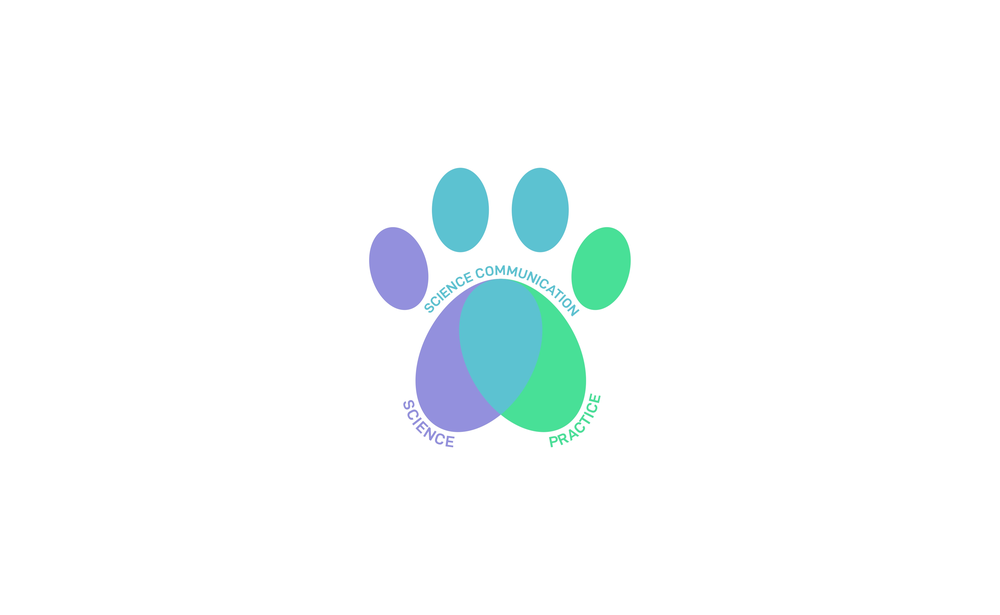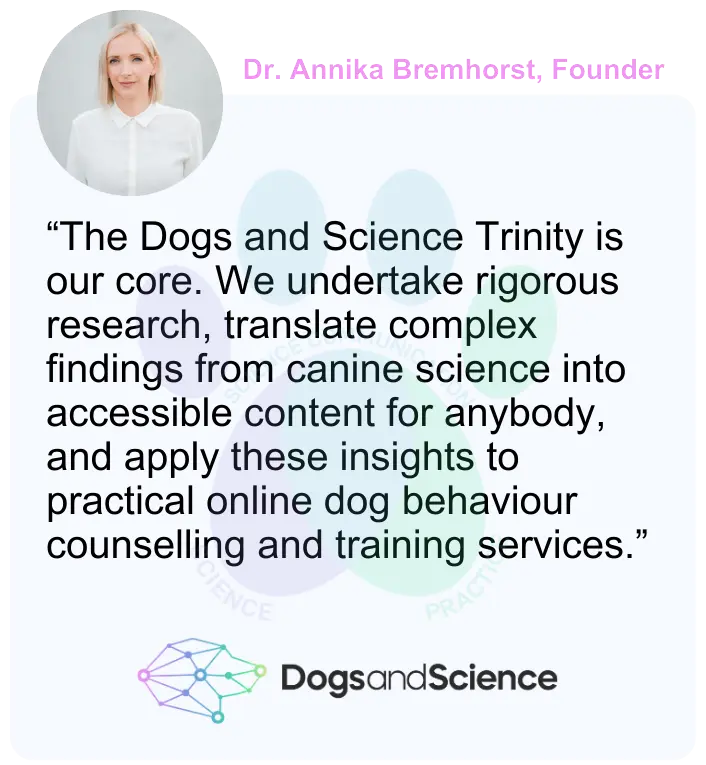Table of Contents:
Understanding the Human-Dog Relationship
The human-dog relationship is a unique bond that dates back thousands of years, intertwining our histories and emotions. This relationship goes beyond simple companionship, embodying aspects of mutual respect, love, and utility. Dogs have evolved from wild animals to become integral members of human households, adapting to social roles as diverse as friend, companion, protector, and helper. This evolution is supported by both archaeological and genetic evidence, suggesting a deep-seated connection rooted in the mutual benefits for both species.
At its core, the relationship between humans and dogs is built on a foundation of communication and emotional understanding. Dogs are adept at reading human body language and can often perceive our emotional states and intentions. This capability is not just learned but also appears to be an innate quality that has developed through natural selection. Dogs are particularly attuned to human gestures, facial expressions, and tones of voice.
The benefits of this relationship are not one-sided. Humans gain not only companions and protectors in dogs but also improved mental and physical health. In return, dogs receive care, security, and a social structure that supports their own well-being. This reciprocity cements the relationship, making it both durable and adaptable to various cultural contexts around the world.
The Evolution of Companionship: From Wolves to Pet Dogs
The transition from wild wolves to beloved pets is a fascinating story of evolution and adaptation. There are different theories about how the domestication process occurred. One often shared one is that originally, wolves and humans may have interacted as competitors, but over time, certain wolves who were less aggressive and more curious about human activities may have begun to forge a novel relationship. These wolves benefitted from scavenging food scraps from human settlements, which in turn may have been selected for traits conducive to coexistence with humans.
This process of domestication likely began many thousand years ago, often estimated to be around 15.000 years. Genetic studies suggest that the divergence from their wild counterparts involved significant changes not only in behaviour but also in physical appearance and digestive enzymes, which allowed dogs to thrive on a more varied diet closer to that of humans.
Over millennia, selective breeding by humans has intensified these traits, leading to the incredible diversity of dog breeds we see today. Each breed was often developed with specific roles in mind, whether for hunting, guarding, or herding. As human societies transformed, so did the role of dogs, which moved increasingly from utilitarian functions to purely companionable ones, particularly in urban settings.
Today, the role of dogs has expanded well beyond simple companionship to also include roles such as therapy and assistance animals. This evolution of dogs from wild predators to partners in mental and physical health showcases the profound adaptability and resilience of this interspecies relationship.
Advantages and Challenges in the Relationship Between Dogs and Humans
| Advantages | Challenges |
|---|---|
| Unconditional love and companionship | Time and financial commitment |
| Increased physical activity | Potential allergies or health concerns |
| Emotional and psychological support | Training and behavioural issues |
| Social interaction and community connections | Responsibility during travel or emergencies |
| Enhanced security | Legal and housing restrictions |
Insights into the Bond Between Humans and Dogs
The bond between humans and dogs is very unique, with a bi-directional relationship that benefits both species physically and emotionally. One key aspect is the role of oxytocin, often referred to as the "love hormone," in this relationship. Both humans and dogs show increased levels of oxytocin during positive interactions such as touching and playing. This hormonal response, similar to what is observed between mothers and their infants, strengthens emotional bonds and indicates that the human-dog relationship has a deep-rooted physiological basis.
There are also benefits of this bond for human health. For instance, dog owners often experience lower levels of stress hormones such as cortisol and benefit from enhanced physical health outcomes. These include lower blood pressure and reduced risk of heart disease. This interaction creates a feedback loop where human and dog health mutually improve through their emotional and physical connections.
Dogs are highly skilled in comprehending human communication. They have demonstrated sophisticated capacity to interpret human communicative signals, surpassing that of any other domesticated animal.
How Dogs Perceive Human Emotions
Dogs have a remarkable ability to perceive and respond to human emotions, a skill that has been honed through thousands of years of evolution and domestication. The ability of dogs to perceive emotions is linked to their reliance on a set of brain structures that are specifically tuned to process social information. This neural capability enables dogs to detect subtleties in human expressions of emotional states.
Understanding how dogs perceive human emotions can significantly impact how we train, treat, and interact with them, leading to more harmonious and effective human-dog relationships. Research on this topic is revealing fascinating insights - see our Dogs and Science website for information on science-based insights on dogs.
The Role of Oxytocin in Strengthening Human-Dog Bonds
The significance of oxytocin in fostering the bond between humans and dogs is a fascinating area that underscores the biochemical underpinnings of this special relationship. Oxytocin, often dubbed the 'cuddle hormone,' plays a crucial role in strengthening the emotional connection between dogs and their human counterparts.
Oxytocin is released in both humans and dogs during moments of closeness and interaction, such as during petting, playing, or simply sharing a calm, comforting presence. This hormonal exchange facilitates a mutual sense of well-being and attachment, reinforcing the bond over repeated interactions. The process is similar to the bond formation seen in human relationships, such as between parents and their children.
The implications of this oxytocin-mediated bonding are profound. It not only explains the depth of the human-dog relationship but also suggests pathways for enhancing therapeutic practices involving dogs. Understanding and harnessing this hormonal response can improve methods used in therapy dogs programmes, potentially making them more effective in supporting human emotional and mental health.
To summarize, the role of oxytocin in the human-dog relationship is a powerful example of how biochemistry can shape social bonds. This insight offers valuable perspectives on improving and appreciating the interactions we share with our canine friends.
Cultural Variations in Dog-Human Relationships
The dog-human relationship varies significantly across different cultures, influenced by historical, environmental, and social factors. These variations can provide a deeper understanding of the multiplicity of ways humans relate to dogs, ranging from revered status to working partners.
In some cultures, dogs are primarily seen as companions and family members. For instance, in many Western countries, dogs often live inside homes and are considered important family members, receiving care that may include regular veterinary visits, grooming, and even special diets.
Conversely, in some parts of the world, dogs hold primarily utilitarian roles. In rural communities, dogs may be valued more for their ability to protect livestock, hunt, or manage vermin. In these contexts, the emotional bond might be less emphasized, but the functional aspect of the relationship is vital to the community's livelihood.
Cultural perceptions can also be influenced by religious beliefs.
Historically, certain indigenous cultures have had complex relationships with dogs. Dogs are featured in mythology and art, indicating their significant role in cultural narratives and practices. For example, in Mesoamerican cultures, dogs were often believed to guide the souls of the deceased to the afterlife.
Understandng these cultural nuances is crucial for global approaches to dog welfare and management. Recognising that the human-dog relationship is not universal allows for more sensitive and effective interventions in terms of animal welfare, public health, and social practices concerning dogs.
Therapeutic Benefits of the Human-Dog Connection
The therapeutic benefits of the human-dog connection are both profound and diverse, impacting psychological, physical, and social health. Dogs are increasingly incorporated into therapeutic practices due to their ability to connect and comfort humans in unique and effective ways.
Psychologically, interacting with dogs has been shown to reduce symptoms of depression, anxiety, and loneliness. Stress levels are considered to be considerably decreased among individuals who spend time with dogs, attributed to the release of oxytocin and the reduction of cortisol levels. This is particularly notable in settings such as hospitals, nursing homes, and stress-intensive workplaces.
Physically, the presence of a dog can lower blood pressure and heart rate, promoting calmness and wellness. Walking a dog encourages physical activity, which is beneficial for cardiovascular health and overall physical conditioning. This activity is not only beneficial for physical health but also encourages social interaction, which can be especially valuable for individuals experiencing isolation or social anxiety.
In therapeutic settings, dogs are used in a variety of ways, including:
- Animal-Assisted Therapy (AAT): Structured interventions where dogs are part of specific therapeutic goals, such as improving patient motor skills or social interaction abilities.
- Animal-Assisted Activities (AAA): More casual interactions with dogs, such as visits to nursing homes or schools, aimed at providing comfort and enjoyment.
The impact of these therapies can be observed in settings like children's hospitals where therapy dogs aid in reducing pain perception among patients. For instance, during painful medical procedures, the presence of a therapy dog can divert attention and provide a non-threatening focus, reducing patient stress and discomfort.
The broad efficacy of the human-dog connection in therapeutic environments underscores the versatility and impact of this ancient bond. It not only benefits those directly involved but also contributes positively to wider societal health.
Challenges and Considerations in Human-Dog Interactions
While the benefits of human-dog interactions are well documented, these relationships also present challenges and considerations that must be managed to ensure the safety and well-being of both parties. Understanding these factors is crucial for fostering positive and healthy interactions.
One primary consideration is the risk of aggression. Dogs may exhibit aggressive behaviour due to fear, protection of territory, or past trauma. Proper socialisation from a young age can reduce these risks, but understanding dog body language is crucial for humans to recognise signs of discomfort or aggression early on.
Additionally, health issues such as allergies and zoonotic diseases can pose challenges. People with severe allergies may experience health issues when in close proximity to dogs. Furthermore, diseases can be transmitted between dogs and humans under certain conditions. Regular veterinary care and hygiene practices play essential roles in mitigating these risks.
Another important consideration is the psychological impact on dogs. The welfare of the animal should always be a priority. Dogs that are used in therapeutic settings must be appropriately chosen, trained, and their emotional and physical needs must be constantly assessed. It’s vital to ensure that the responsibilities placed upon therapy dogs do not cause them undue stress or discomfort.
Legal and ethical considerations also come into play, particularly with regard to public access rights for service and assistance dogs. Understanding and adhering to local laws regarding such rights is essential for avoiding conflicts and ensuring that assistance dogs can perform their duties without impediments.
Responsible dog ownership and interaction involve understanding both the complexities of dog behaviour and the legal frameworks that protect animal and human welfare. Addressing these challenges effectively ensures that the human-dog relationship can continue to thrive across various contexts, offering mutual benefits in a safe and respectful manner.
Future Directions in Research on Human-Dog Relationships
The exploration of human-dog relationships continues to evolve, with emerging research directions aiming to deepen our understanding and improve the way we interact with our canine companions. The potential for new findings paves the way for advancements in therapy, training, and mutual well-being.
One promising area of research is the genetic basis of dog behaviour and cognition. Studies are increasingly focusing on identifying the genes associated with temperament and trainability. This could lead to more effective training methods tailored to individual dogs' genetic predispositions, enhancing their roles in therapy and assistance, as well as in homes.
Another significant avenue is the study of the long-term effects of canine companionship on human health. While short-term benefits are well-documented, understanding long-term impacts could solidify dogs' roles in therapeutic settings and influence public health recommendations.
Technological advancements are also making their mark. The development of non-invasive techniques like wearable technology for dogs allows researchers to monitor stress levels, physiological states, and behaviour more accurately. This data can be crucial in understanding how dogs react in various environments and can lead to more humane and effective training and care practices.
Lastly, interdisciplinary approaches involving psychology, veterinary medicine, and artificial intelligence are expected to provide new insights. These could lead to innovations such as AI-powered tools for behavioural analysis and communication between dogs and humans, potentially transforming our interaction paradigms. See our latest research on developing methods that will assist AI-based analysis of dog behaviour on the Dogs and Science website.
The intersection of these diverse research paths will not only cater to academic curiosity but also pragmatically benefit both species by fostering richer, more responsive, and respectful relationships.
Conclusion: The Enduring Bond and Its Implications for Society
The enduring bond between humans and dogs is more than just a facet of personal or family life; it holds profound implications for broader societal health and well-being. This ancient relationship, built on mutual benefit and emotional connection, continues to enrich lives and offer pragmatic solutions to modern societal challenges.
The incorporation of dogs into therapeutic settings highlights the substantial mental health benefits they offer, suggesting a valuable, under-utilized asset in addressing the global mental health crisis. Societies that embrace the therapeutic use of dogs might see not only improved individual well-being but also reduced healthcare costs and increased societal harmony.
Moreover, by fostering empathy and responsibility, the human-dog relationship can aid in societal development. The care required in managing a pet, particularly one as socially integrated as a dog, can promote a sense of responsibility and altruism that transcends individual benefit and enhances community spirit.
In addition, as research continues to uncover the depth of the human-dog connection, policies and practices in education, healthcare, and urban planning can evolve to support and maximise this beneficial relationship. For instance, urban spaces could be designed to be more dog-friendly, supporting the health of dogs and their owners, while educational programmes might further incorporate animals to aid in social and cognitive developmental processes in children.
Ultimately, the human-dog bond is a testament to the incredible adaptability and interspecies cooperation that characterises our society. By continuing to research and respect this relationship, we can unlock even greater benefits, not just for humans and dogs but for society at large. The implications are clear—our canine companions are not only our friends and family members but also catalysts for fostering healthier, more empathetic, and cohesive communities.
FAQ: Deeper Connections: Understanding the Human-Dog Relationship
What makes the human-dog bond unique?
The human-dog bond is unique due to its longstanding history, mutual benefits for both species, and the ability of dogs to empathise with human emotions. This interspecies relationship is enhanced by the release of oxytocin, known as the 'love hormone', during interactions, fostering a deep emotional connection.
How do dogs contribute to human mental health?
Dogs significantly enhance human mental health by providing companionship, reducing stress and anxiety, and even decreasing depressive symptoms. Their presence increases oxytocin levels which promote feelings of happiness and relaxation.
Can dogs understand human emotions?
Yes, dogs can understand human emotions. They are able to recognise different facial expressions and body languages, and they can perceive human emotional states such as happiness, anger, or sadness. This ability has been honed through thousands of years of evolution and companionship with humans.
What are the therapeutic benefits of owning a dog?
Owning a dog can offer extensive therapeutic benefits, including improvement in physical health by encouraging exercise, providing emotional support, and reducing levels of stress hormones. Dogs are also used in professional therapeutic settings to assist with disorders such as PTSD, anxiety, and phobias.
How has the role of dogs in human societies changed over time?
Historically, dogs were primarily involved in work-related roles such as hunting, guarding, and herding. Over time, as human societies have evolved, the role of dogs has expanded significantly to include companionship, therapeutic roles, and as beloved family members, reflecting their adaptability and deepening bond with humans.








